
This is lesson one of a 4 lesson unit. Students will apply the engineering design process with a problem scenario focusing on thermal energy efficiency in a home. The unit incorporates collecting

This is lesson one of a 4 lesson unit. Students will apply the engineering design process with a problem scenario focusing on thermal energy efficiency in a home. The unit incorporates collecting
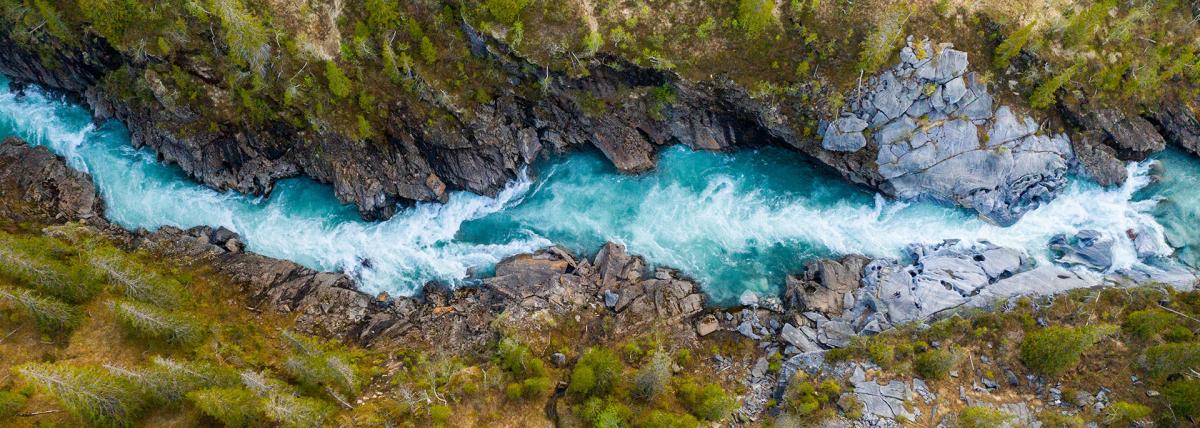
This lesson plan has three main objectives. The first is that students will be able to recreate a map of the canal with 3D structures along the way. The largest structure being Casa Grande, or the
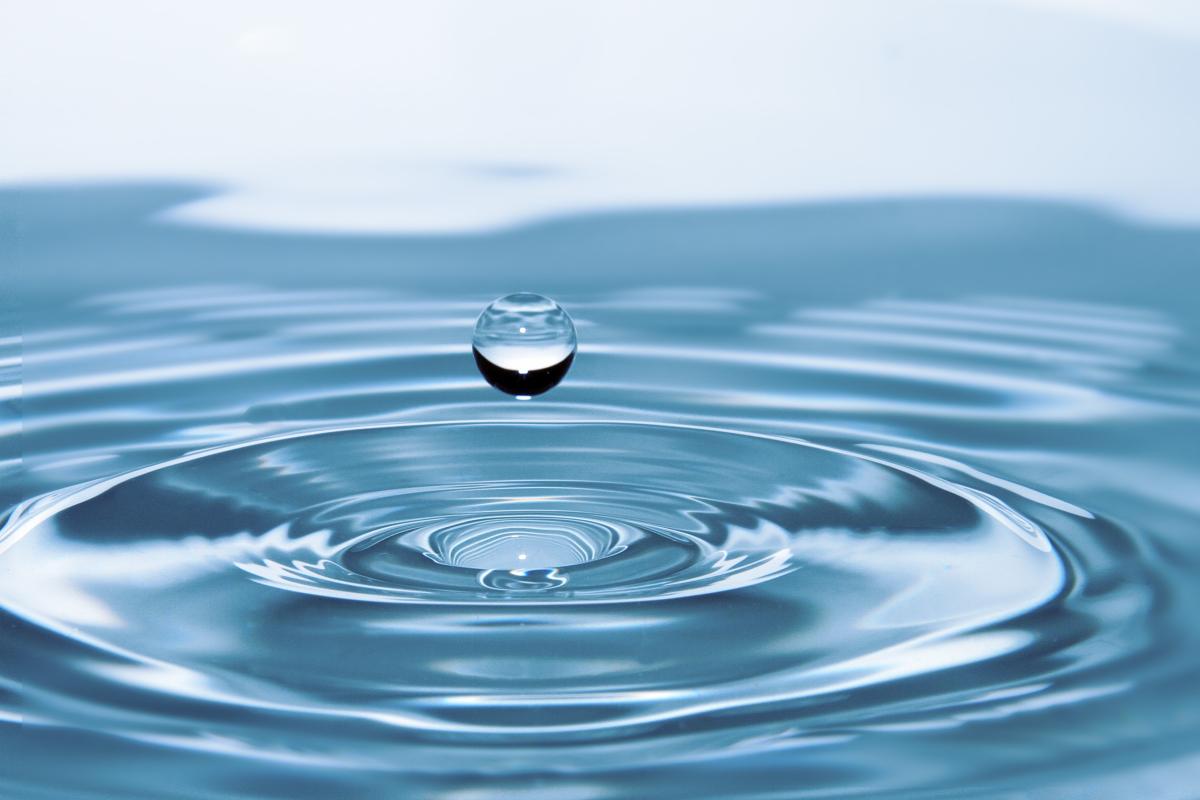
This lesson plan consists of two parts. The beginning of the lesson will introduce students to the 4 parts of the water cycle. During this time, they will be able to identify at which part the water
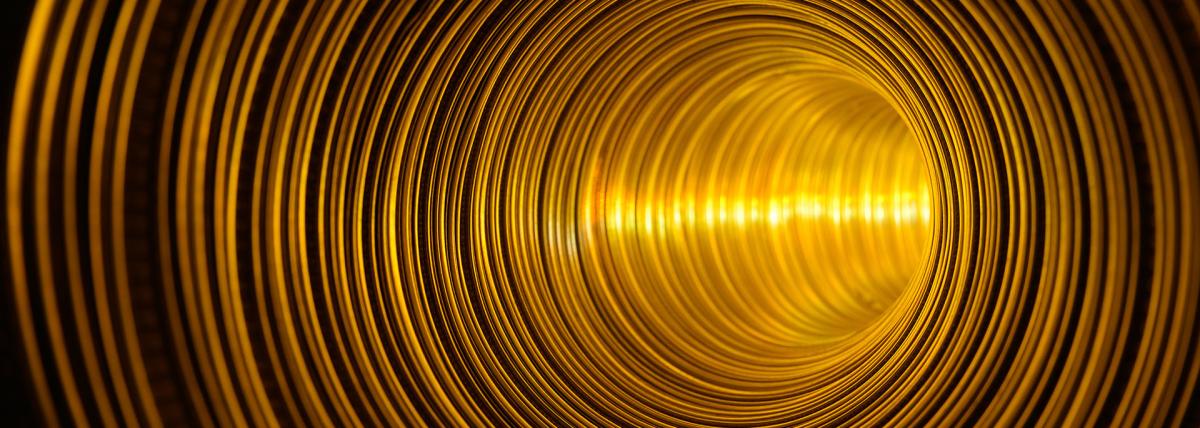
This lesson takes two days or class periods since it is an exploration of energy in the lives of the students. Day 1 involves 8 different scenarios. Day 2 is an exploration of how efficient two

This is the second part of two lessons on density. This lesson is on the density of liquids following the first lesson on density of solids. The lesson is a lab on layering several liquids with
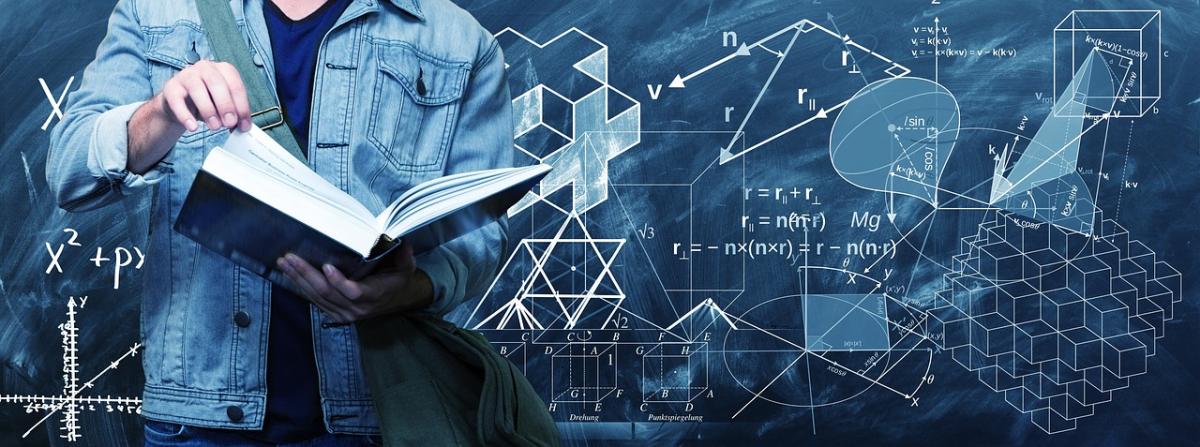
This lesson is on density of solids. It's one lesson of two. This lesson should be first since it introduces density but it can be revised and used after the density of liquids. The lesson has a short
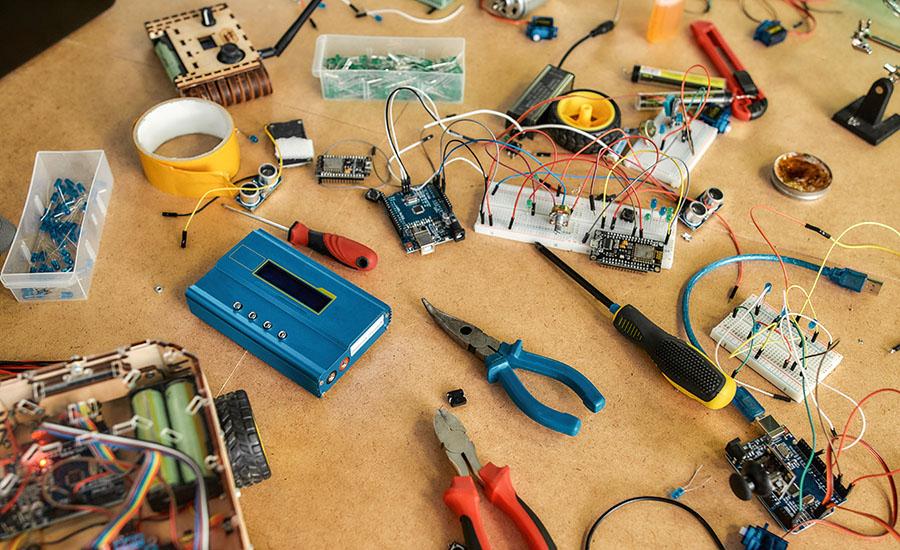
The objective of this lesson is to engage students in the practical application of science, engineering, and critical thinking skills to design and create a container that effectively keeps perishable
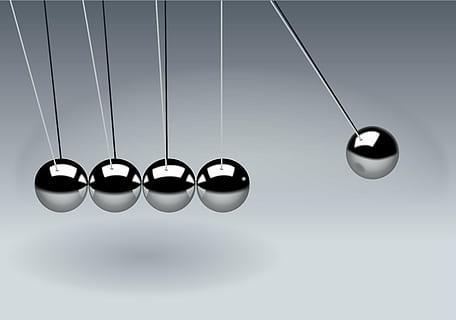
Investigative Phenomenon: When subjected to identical forces, a golf ball and a table tennis ball exhibit distinct movement. In this lesson, students discover: 1. Equivalent force may result in varied

This is a lesson designed for 4th and 5th grade. It would come at the end of the unit on Force and Motion. It describes a wonderful machine called a Rube Goldberg Machine. This lesson includes an ELA